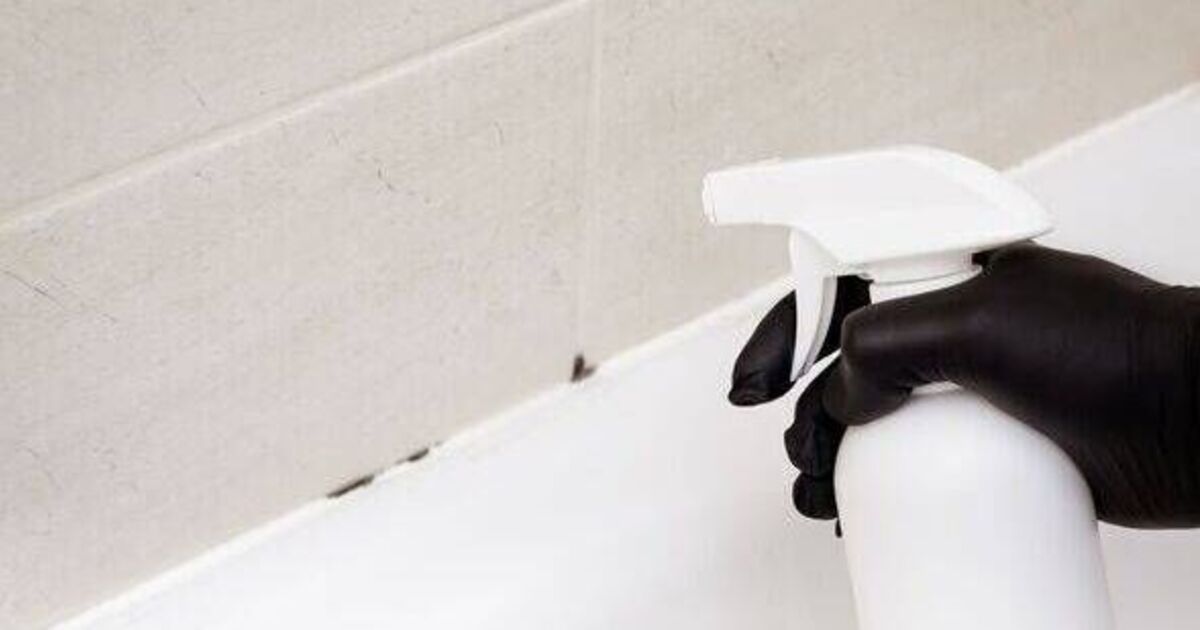Mould frequently proves troublesome in numerous households, especially on bathroom silicone sealants designed to stop water penetrating behind basins, baths, and shower bases. When mould remains untreated, it can result in sealant replacement becoming necessary – a rather demanding job.
Helen Reader, unsure how to tackle mould on her bath’s silicone sealant, turned to the Mrs Hinch Cleaning Tips, Tricks and Hacks Facebook group for guidance. While some group members proposed using bleach, the overwhelming opinion was to steer clear of it. Sandra Hill said: “Bleach is the worst thing for mould. It masks it but releases more spores.”
Sharon Flemming said: “You never use bleach for mould! It only makes it spread faster.”
Specialists at UniBond also advise against bleach and white vinegar, explaining that whilst they might appear successful, they fail to eliminate spores and could potentially damage the sealant bead.
They explained: “You might see vinegar or bleach recommended as cleaning solutions for silicone sealant elsewhere.
“However, although these products may work to some degree, they do not kill the spores and have the potential to damage the sealant bead.”
The group alternatively suggested making a paste from bicarbonate of soda and water to eliminate the mould.
Kieth Donnelly said: “Bleach won’t work, well it didn’t on mine. I used baking soda and water, and it worked well.”
Bernie Fields also backed the natural remedy, they said: “I use baking soda when I clean clients’ houses and my own. It works like magic.”
Jenni Waite added: “I apply baking soda paste to the edges first before giving it a light scrub. The longer you leave it, the better it works.”
So, how does this function?
Well, baking soda changes the pH of the surface, establishing an alkaline environment.
It is also a gentle abrasive that can help to eliminate mould spores, and it soaks up moisture – this is especially crucial as mould requires moisture to flourish.
For this mould elimination technique, combine baking soda and a little water to create a paste, then spread it onto the silicone.
Allow it to rest for approximately 10 minutes.
Use a soft brush or cloth to gently scrub the sealant, focusing particularly on the seams and corners.
Rinse with water to clear away the paste.

